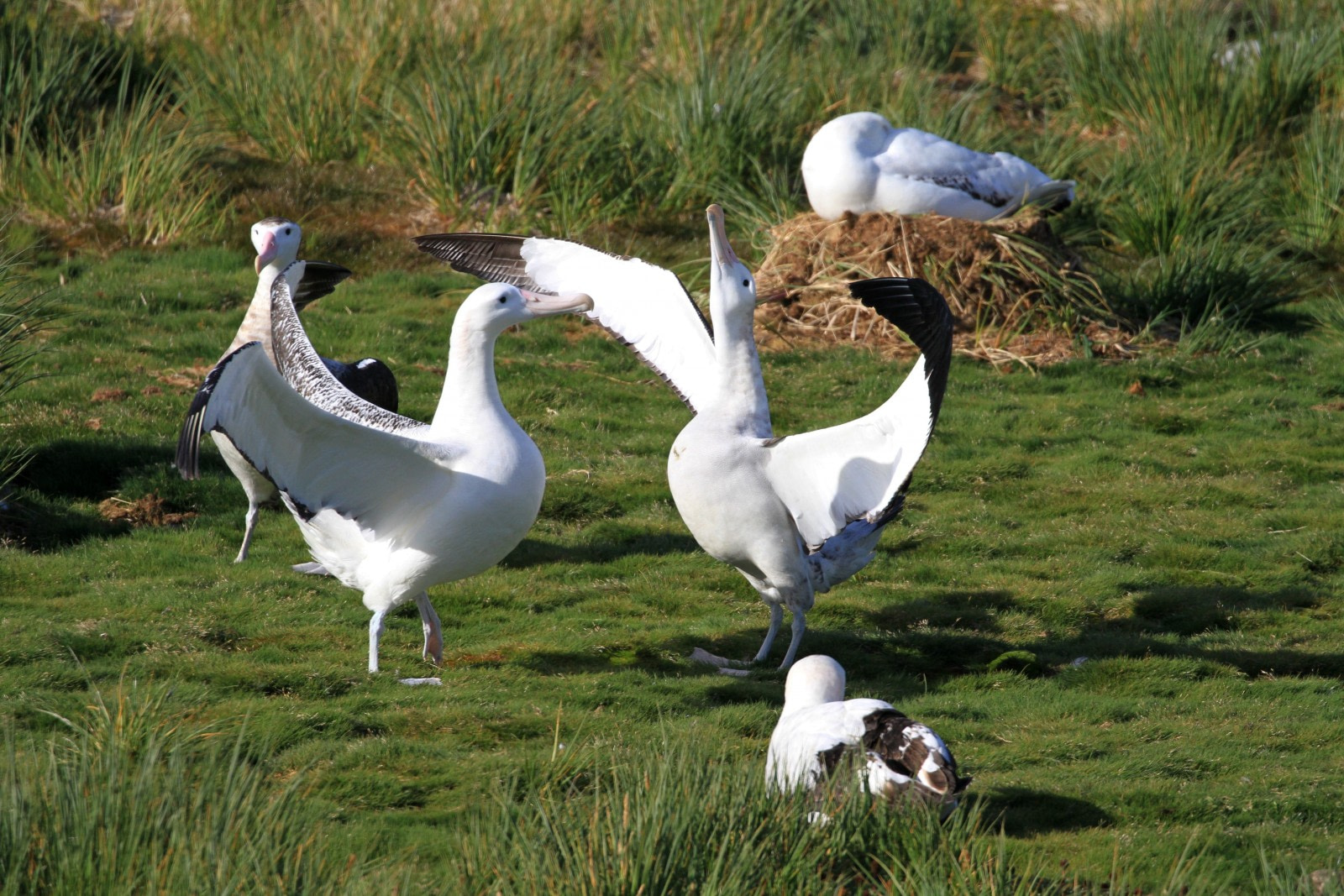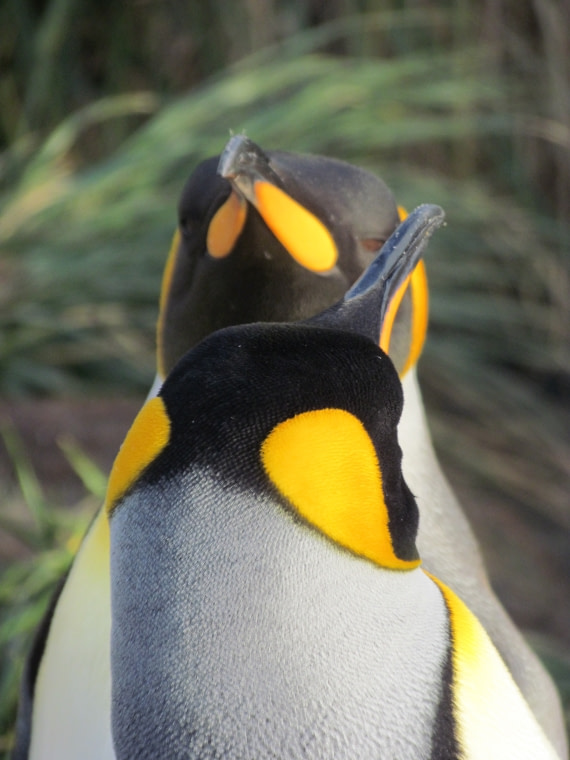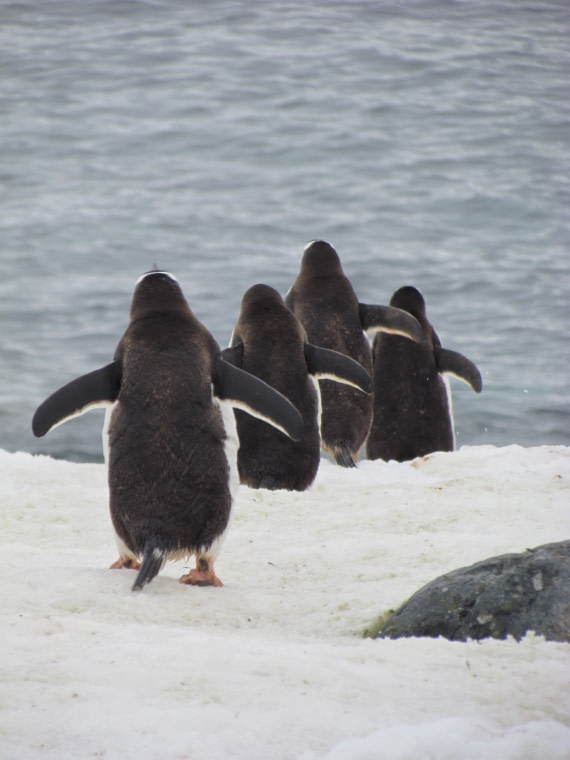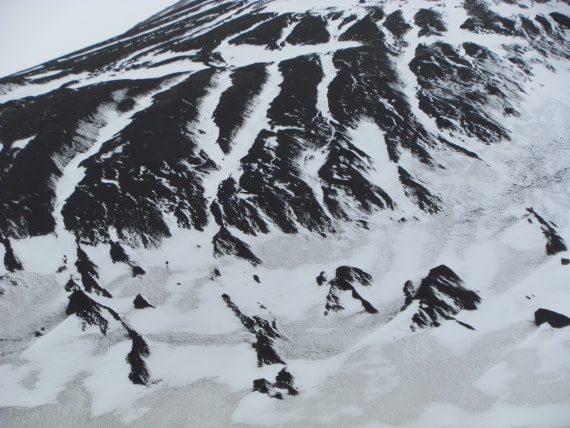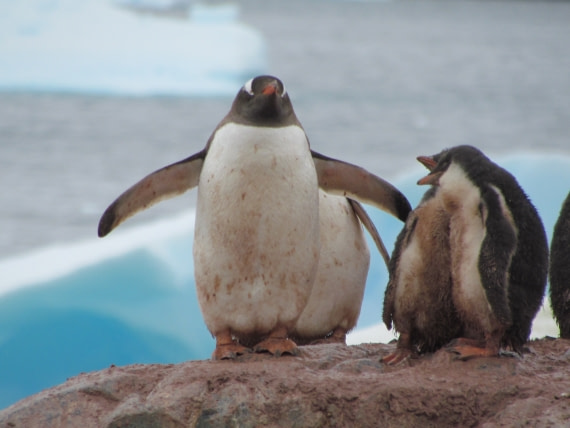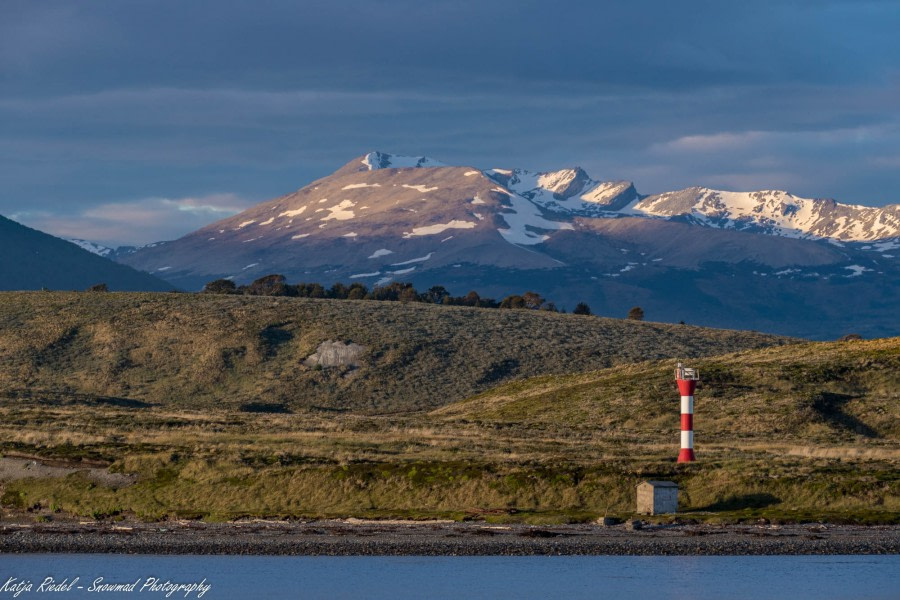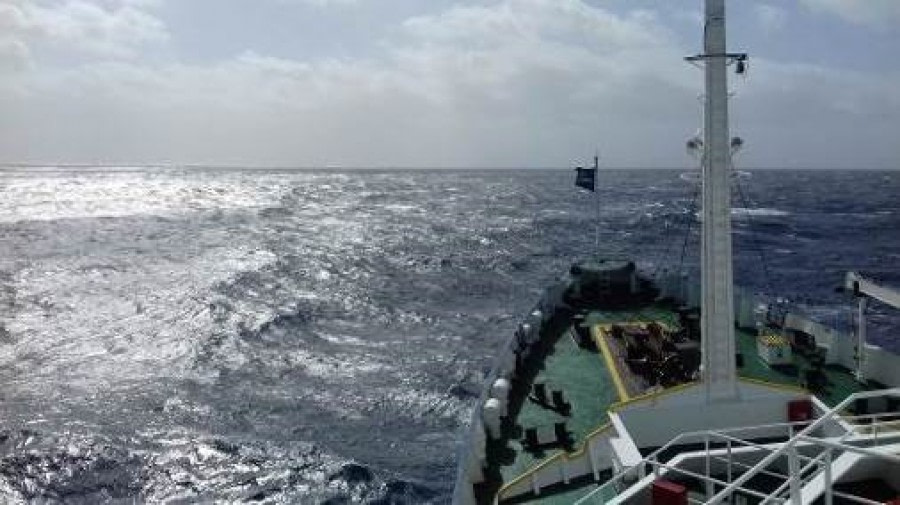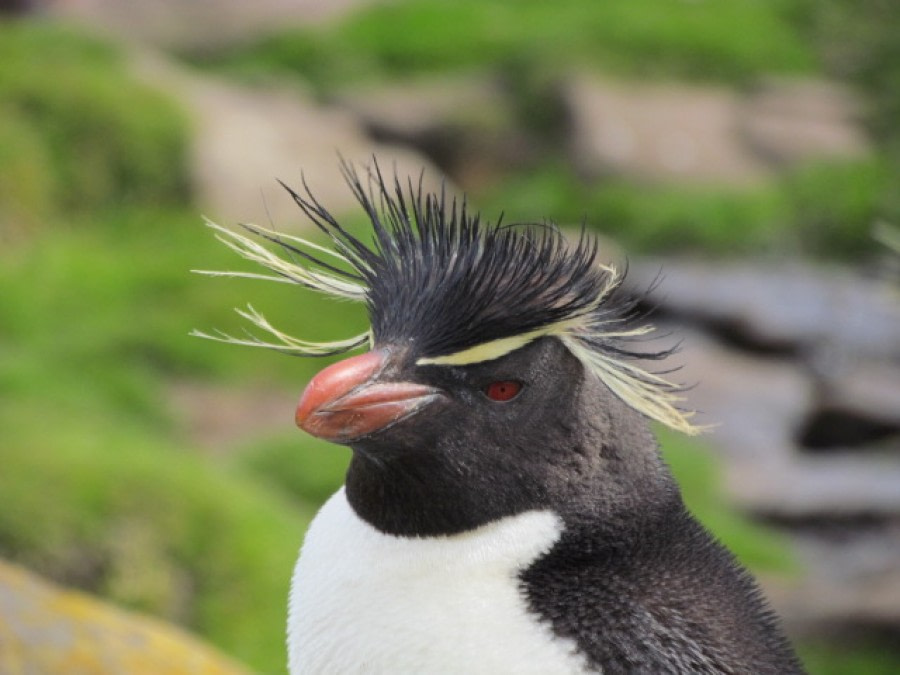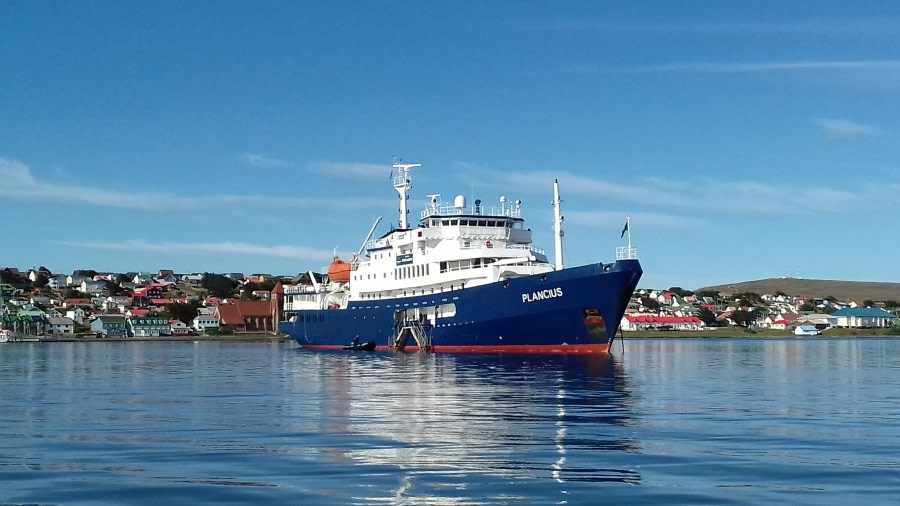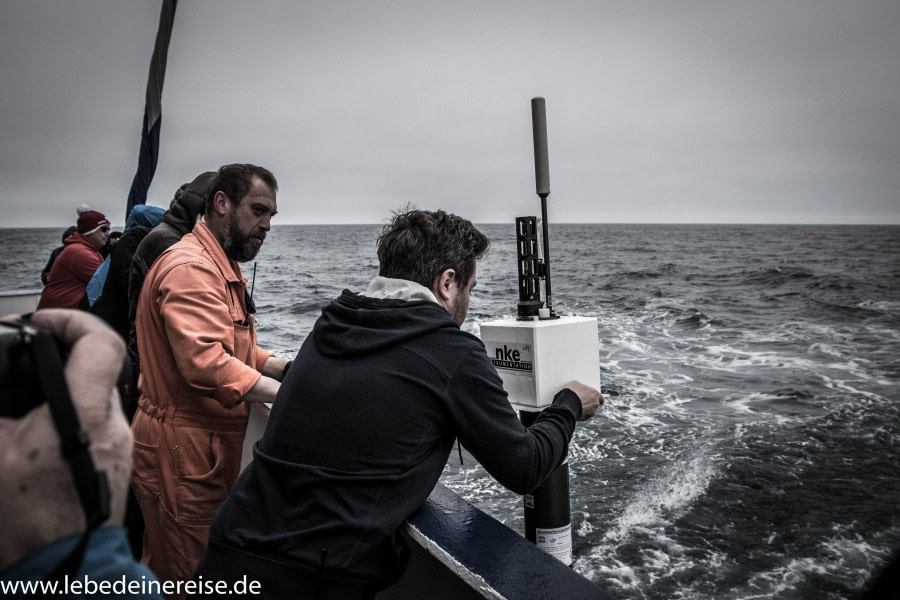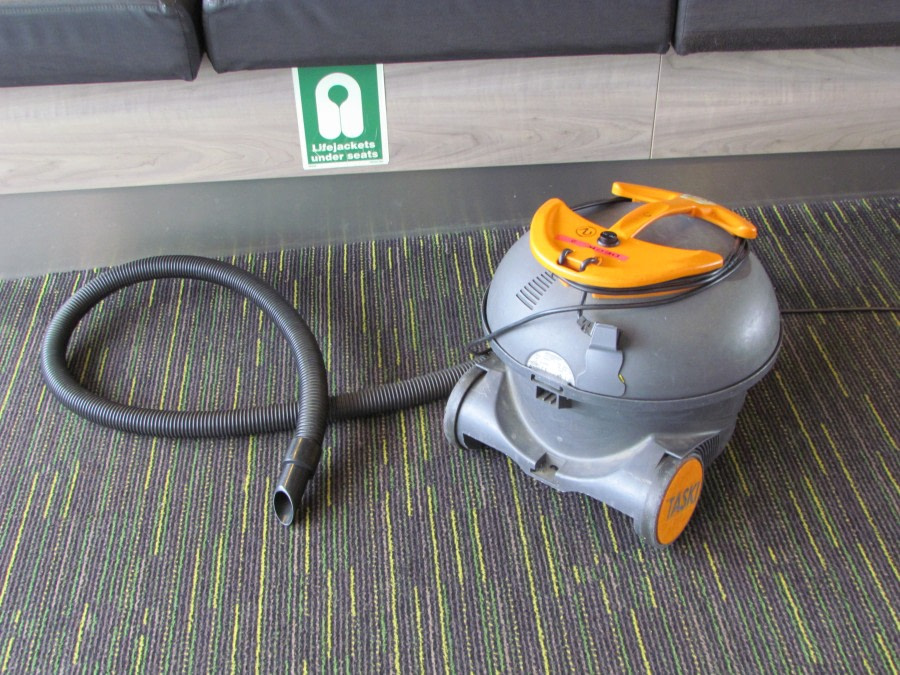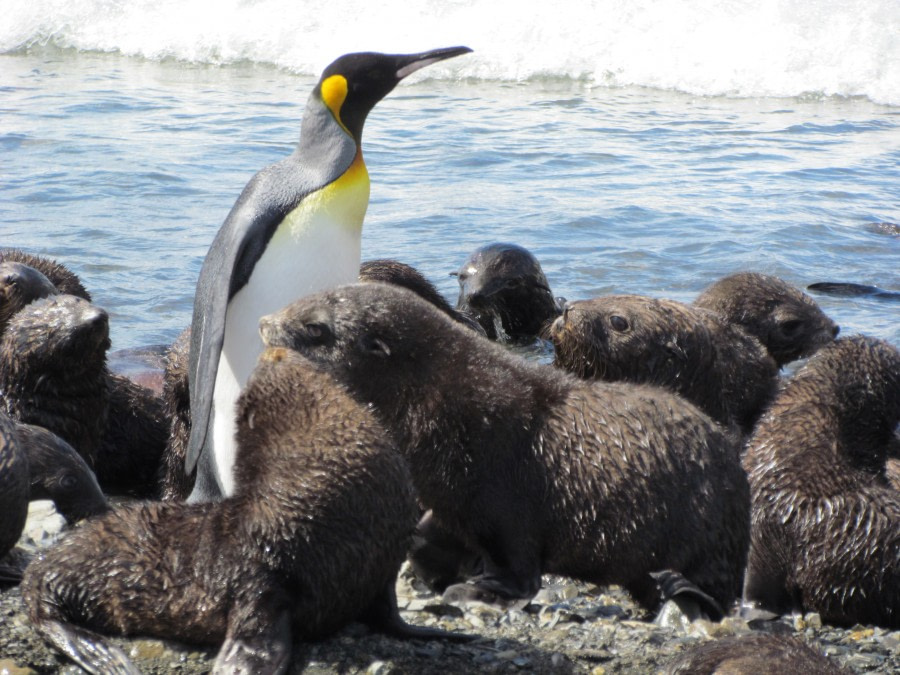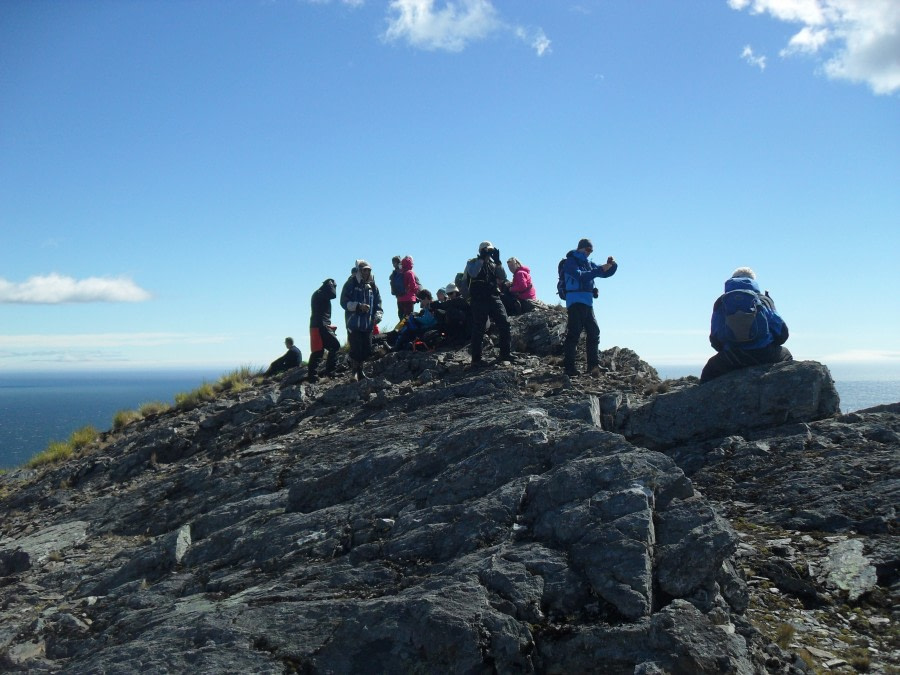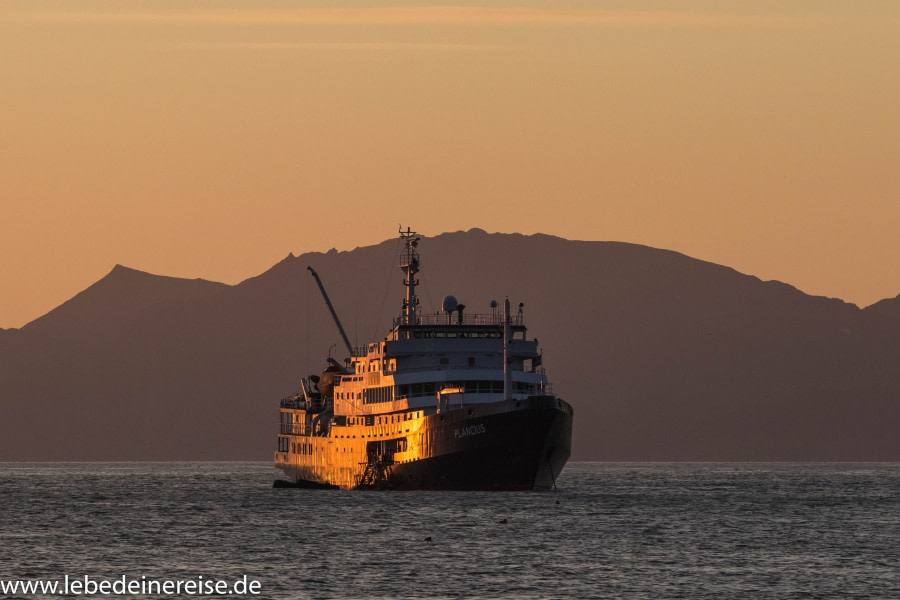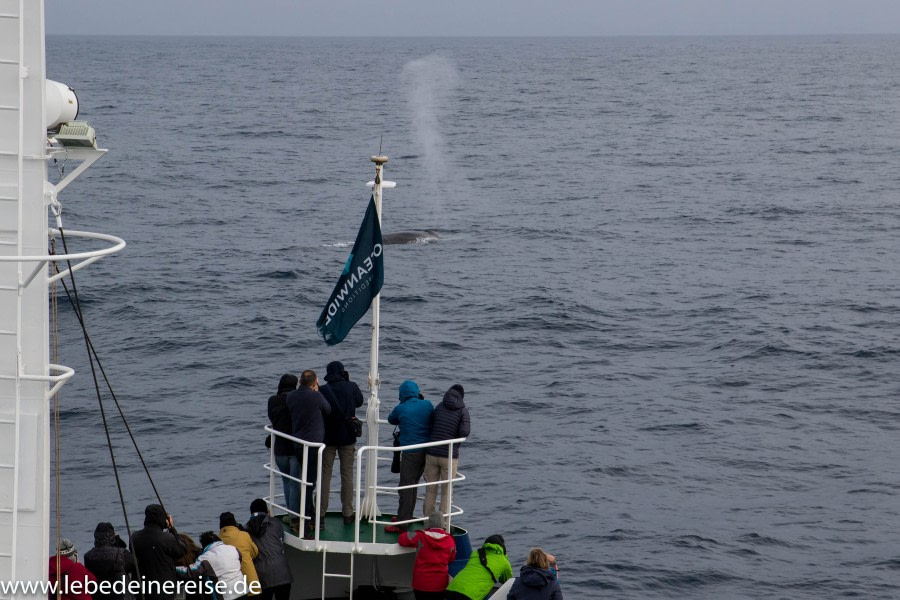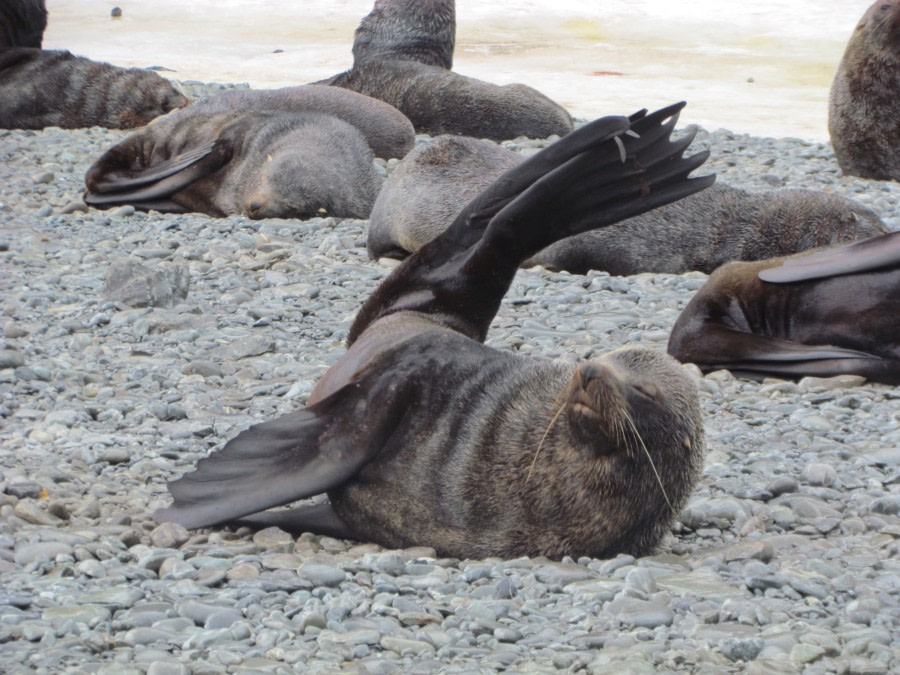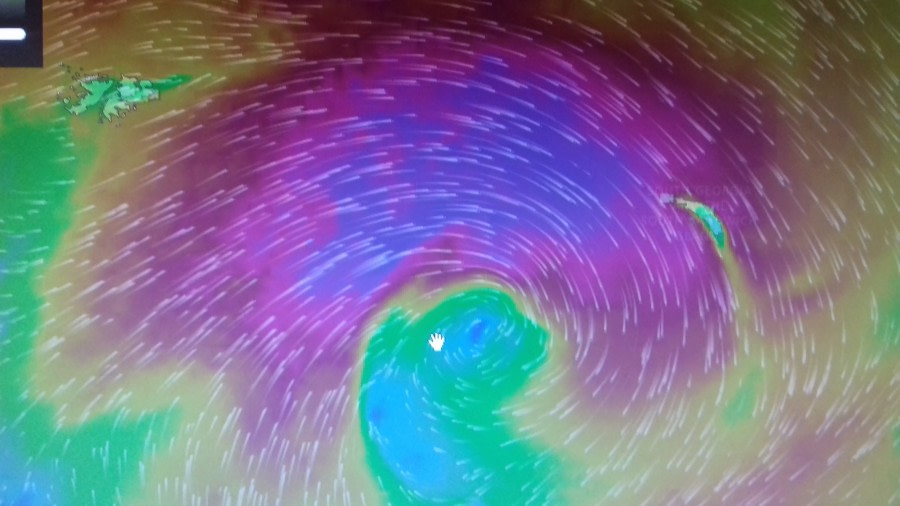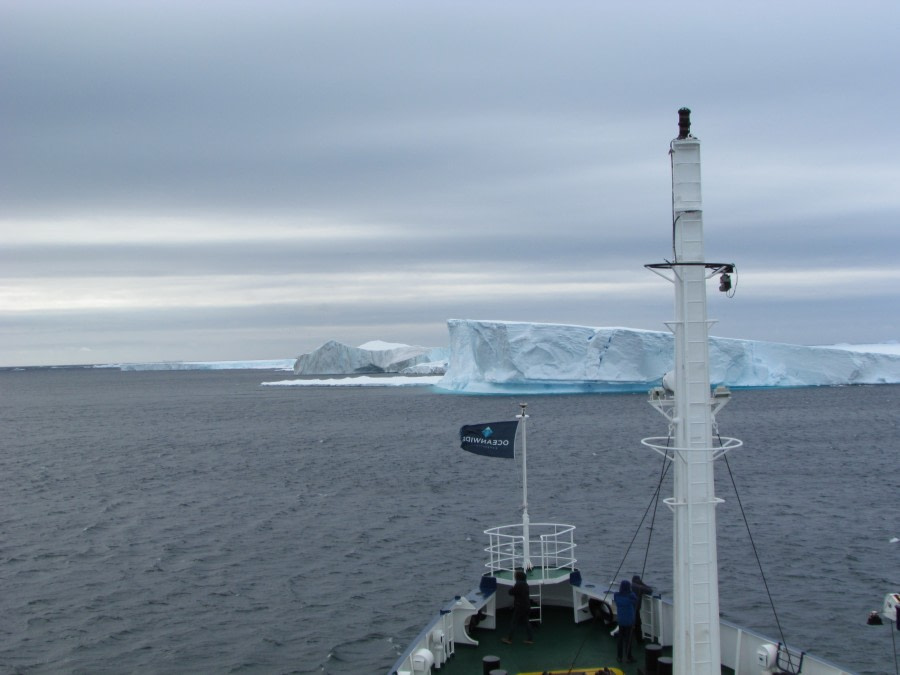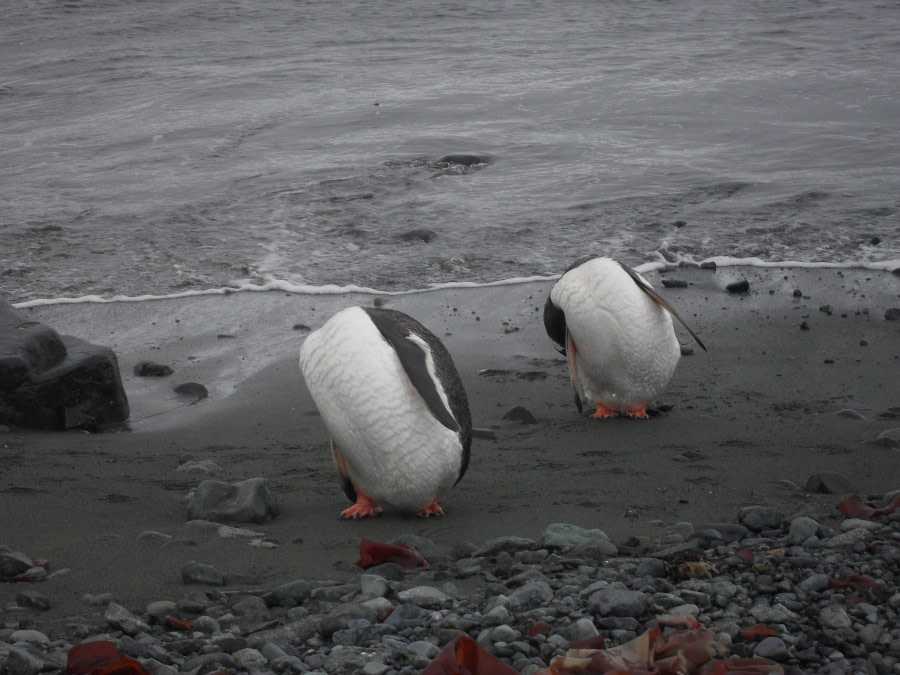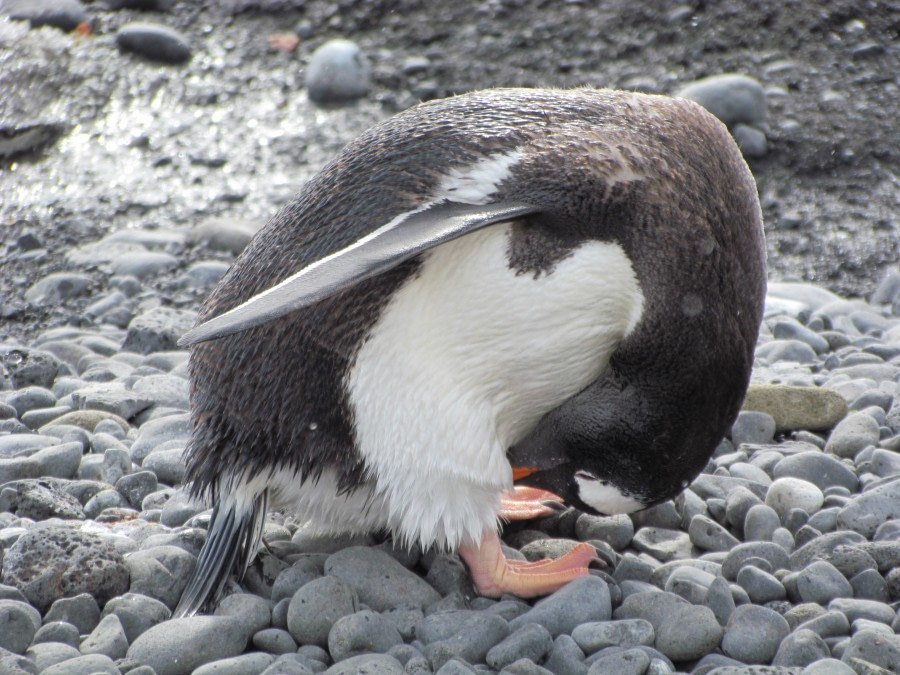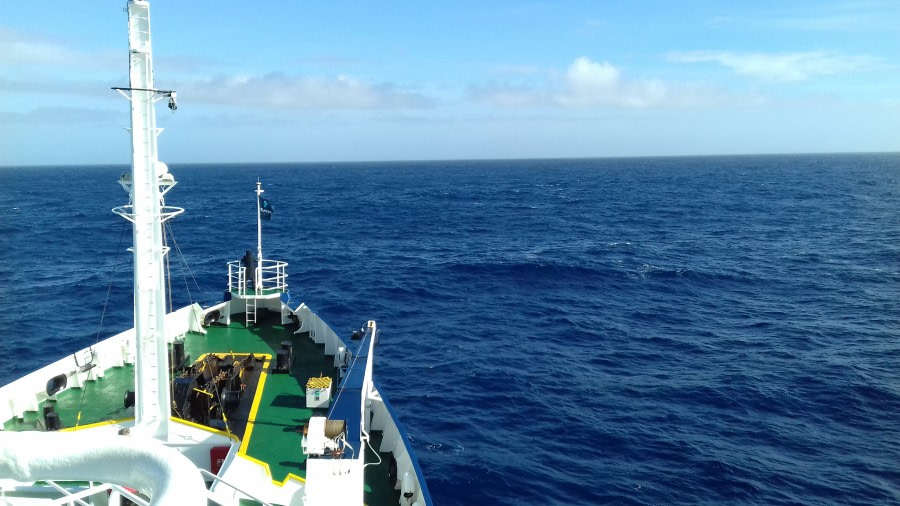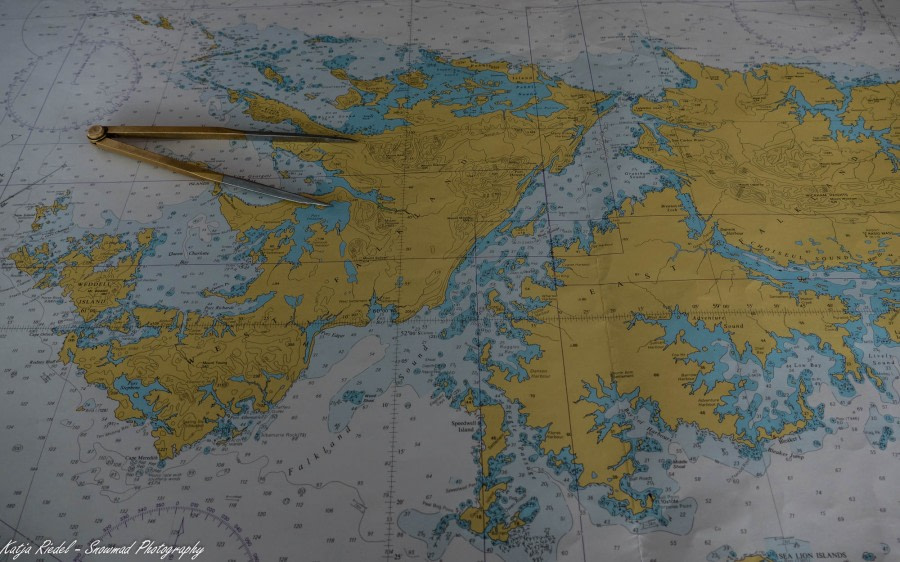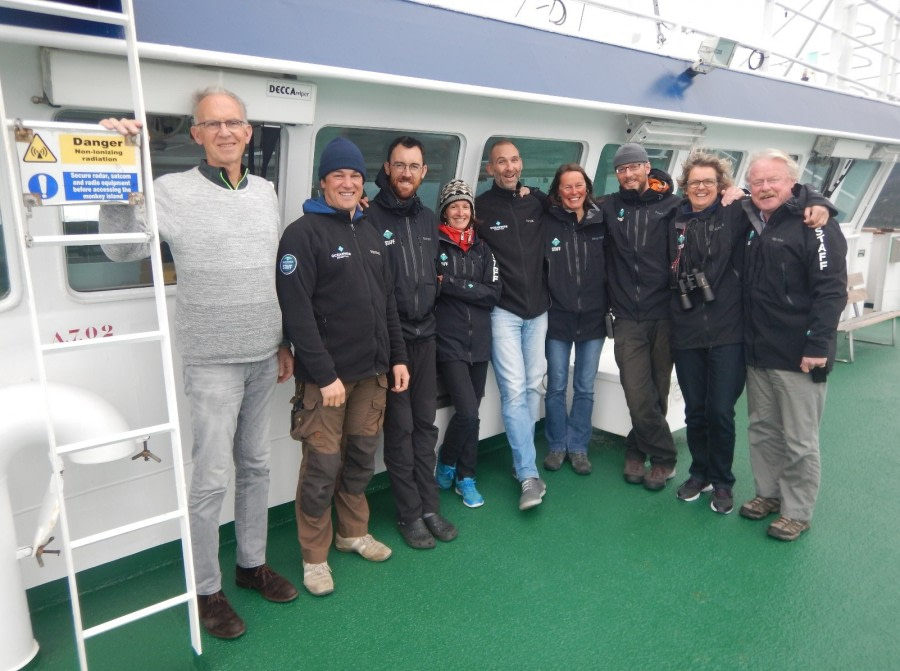| Datum: | 19.01.2018 |
| Positie: | 042°45'S / 065°01'W |
Hier zijn we dan eindelijk in Vuurland, op de bodem van de wereld. Vanaf Ushuaia gaan we naar het zuiden... een heel eind naar het zuiden. Maar voor vandaag slenterden we door deze prachtige Patagonische stad, proefden van de lokale smaken en genoten van de bezienswaardigheden. Ushuaia markeert het einde van de weg in Argentijns Vuurland, maar ook het begin - het begin van een once-in-a-lifetime avontuur. In de zomer bruist deze snelgroeiende grensstad met 55.000 inwoners van avontuurlijke reizigers. De belastingvrije haven floreert door het toerisme, maar leeft ook van een omvangrijke krabbenvisserij en een bloeiende elektronica-industrie. Ushuaia (in de inheemse taal van de Yaghans vertaald als "baai die naar het westen doordringt") profiteert duidelijk van zijn prachtige, maar afgelegen ligging. De ruige ruggengraat van de Zuid-Amerikaanse Andes eindigt hier, waar twee oceanen elkaar ontmoeten. Zoals te verwachten van zo'n onbeschutte plek heeft het weer de gewoonte om in een opwelling te veranderen. Tijdens de lange dagen van de Australische zomer zijn de temperaturen echter relatief mild, zodat we een laatste deken van warmte hebben voordat we op avontuur gaan. Voor velen van ons is dit het begin van een levenslange droom. De opwinding komt in verschillende vormen voor elk uniek persoon, maar zelfs de meest ervaren onder ons voelt oprechte opwinding om te vertrekken op een reis naar de Falklandeilanden, South Georgia en Antarctica. De meeste passagiers stonden stipt om 16:00 uur bij het gangboord, klaar om aan boord te gaan van ons schip MV Plancius, de thuishaven voor de komende 19 dagen. We werden bij het gangboord begroet door leden van onze Expeditiestaf die van de warme zon genoten omdat ze die ochtend net waren teruggekeerd van Antarctica. Onze bagage was al aan boord, dus na een korte wachttijd op de kade gingen we de loopplank op en aan boord van de Plancius. Bij de receptie werden we opgewacht door Sebastian en Bobbi, onze Hotel en Restaurant Managers. We werden vervolgens ingecheckt in onze hutten met de hulp van onze fantastische Filippijnse bemanning. Een tijdje na het aan boord gaan kwamen we samen in de lounge op dek vijf om eerste officier Jaanus te ontmoeten, die ons door de details van de vereiste SOLAS (Safety Of Life At Sea) veiligheids- en reddingsbootoefening leidde, bijgestaan door de bemanning en het personeel. Bij het horen van het alarm kwamen we weer samen in de 'verzamelplaats', de lounge, voor de verplichte veiligheidsbriefing en de oefening om het schip te verlaten, waarbij we onze enorme oranje reddingsvesten aantrokken die ons veilig houden mocht dat nodig zijn. Na deze reddingsoefening keerden we terug naar de buitendekken om te kijken naar ons vertrek van de steiger van Ushuaia en het laatste stadsleven voor een tijdje. We voeren het Beaglekanaal binnen met een escorte van Wenkbrauwalbatrossen. Eenmaal op weg in het kanaal werden we opnieuw uitgenodigd in de lounge om onze Expeditieleider, Andrew Bishop en Hotel Manager Sebastian te ontmoeten die ons een overzicht gaven van het schip, een drijvend hotel dat de komende weken onze thuis zal zijn. Daarna ontmoetten we de rest van het Expeditieteam, een internationaal gezelschap dat ons tijdens onze reis zal begeleiden, ons aan land zal brengen, lezingen zal geven en ervoor zal zorgen dat we de best mogelijke ervaring opdoen tijdens onze reis. Dit was ook een kans om onze kapitein Alexey Nazarov te ontmoeten en op onze reis te proosten met een glas Prosecco. Om 19:30 uur proefden we de eerste van vele heerlijke maaltijden aan boord, bereid door Chef Heinz en Sean en hun kombuispersoneel. Deze eerste avond aan boord was gevuld met meer verkenning van het schip, wennen aan haar bewegingen en het inrichten van onze hutten. In de vroege ochtenduren zouden we de open wateren van de Drake Passage opgaan en in noordoostelijke richting naar de Falklandeilanden varen.
